Echoes of August 5: Gunfire and grit on Dhaka street
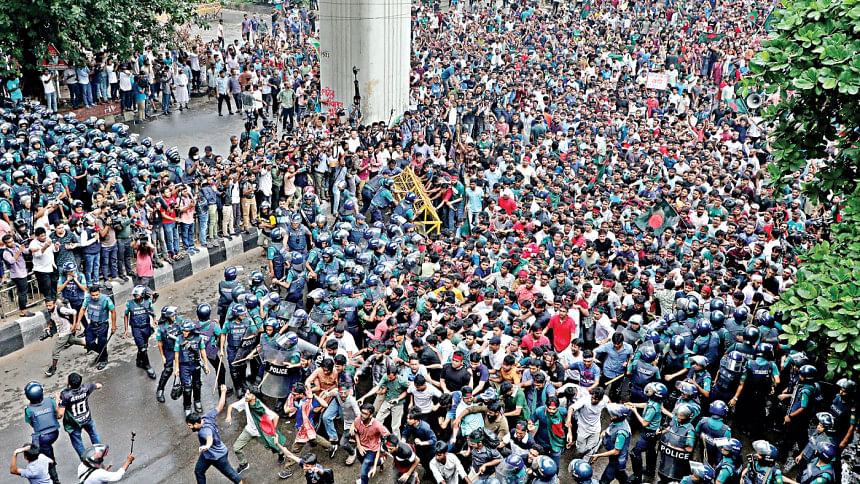
It was Monday, August 5, at exactly 10:46 in the morning when my phone rang. On the other end was a student from Jahangirnagar University, his voice trembling with fear and urgency. "Please, brother, save me. I'm hiding in a room at Dhaka Medical College Hospital. We gathered at Shaheed Minar, but the police fired on us. Many of my friends are hurt. Please come!"
The day before, students had announced a road march to Dhaka from across the country, in a bid to force the government to resign. Without a second thought, I headed straight to DMCH. As I walked from Bangla Motor, the silence was unsettling. No cars, no people -- just empty roads stretching ahead.
Approaching the Intercontinental Hotel, I noticed three armored personnel carriers (APCs) and several army vehicles blocking the road, guarded by around 30 heavily armed soldiers forming a barricade. The sheer display of force was intimidating.
I took a detour through back streets and eventually reached Shahbagh. There, another APC and soldiers were stopping and questioning everyone. After showing my ID and curfew pass, I was allowed to proceed toward the Dhaka University campus.
By 11:05am, I arrived at Shaheed Minar, where around 50 armed police officers stood in formation. One officer was trying to rally the others, reminding them, "We must not forget -- they attacked our officers. We have to stay strong."
I tried calling the JU student, but network issues made it impossible to get through. The tension in the air was palpable. I could feel that something big was about to unfold.
Soon, word spread that a group of teachers had gathered nearby at the Raju Memorial Sculpture. Along with other journalists, I made my way there. Despite a drizzle that started around 11:15am, more than two dozen teachers stood firm, holding banners, speaking to a small crowd.
After about ten minutes, the police approached and asked the teachers to wrap up their event quickly. The teachers then moved toward the vice-chancellor's office, shadowed by a heavy police presence.
Just after noon, news broke that a massive crowd was marching from Jatrabari towards Shaheed Minar. I joined a few other journalists, and we headed in that direction.
As we neared Curzon Hall, the sharp cracks of gunfire pierced the air, growing louder with each step toward Chankharpul. The police, stationed at Chankharpul, were firing at protesters.
We rushed toward Dhaka Medical College's emergency gate, as the gunfire intensified.
Inside the hospital, heavily armed policemen stood guard near the emergency ward, while students huddled inside, seeking refuge. The police fired several rounds at the hospital entrance before leaving the area. I managed to speak to a few of the students, who told me that two bodies from Jatrabari had been brought to the morgue.
At 1:04pm, I, along with other journalists, made my way to the morgue and saw the two bodies, their faces still covered with blood. I took notes on their identities and the circumstances before moving on.
As we left the morgue, a group of police suddenly pointed their guns in our direction, shouting, "Raise both hands and come forward!" We cautiously approached, holding up our ID cards. After a tense moment, they allowed us to continue on our way.
By 1:45pm, I was back near the Raju sculpture, where small groups of protesters had gathered, chanting that Sheikh Hasina had fled. I stood by the tea stalls at TSC, recording the scene as it unfolded. Then, suddenly, more than two dozen police and Ansar personnel passed by. A few people from the protest began throwing stones and bricks at them, and others armed with sticks joined the fray.
Some students tried to defuse the situation, but things quickly escalated.
Desperate to escape, the police and Ansar members tried climbing over the wall of Suhrawardy Udyan, with the main gate closed. As they struggled to climb, protesters hurled sticks and bricks at them, some officers falling and injuring themselves in the attempt.
The police retaliated with gunfire. I scrambled for cover as the shots rang out. A young man nearby was hit in the neck. In shock, I shouted at another man close by to keep his head down. The firing continued for a harrowing 30 to 35 seconds before the police finally withdrew.
By the time I returned to Shahbagh, the crowd had swelled. People poured in from all directions. By 2:50 pm, the mood began to shift—relief replaced fear. People hugged army personnel, took photos with them, and offered flowers.
At 3:11pm, back at the Raju Sculpture, a spirit of resilience and hope filled the air. The crowd waved the national flag, chanting, "We are free."
That night, as I lay in bed, the day replayed vividly in my mind -- the gunfire, stun grenades, and chants of defiance. For days, the memories lingered, refusing to fade. Even with my eyes closed, the sounds of that chaotic, historic day echoed as if it were still unfolding.
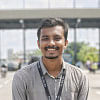
 For all latest news, follow The Daily Star's Google News channel.
For all latest news, follow The Daily Star's Google News channel. 

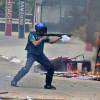
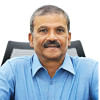
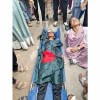
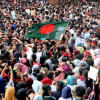


Comments